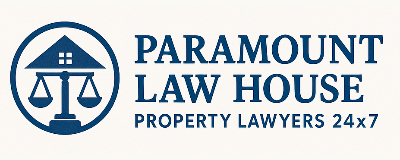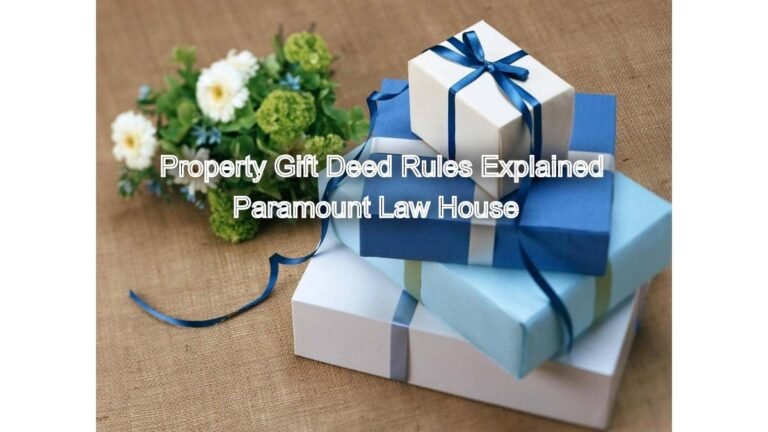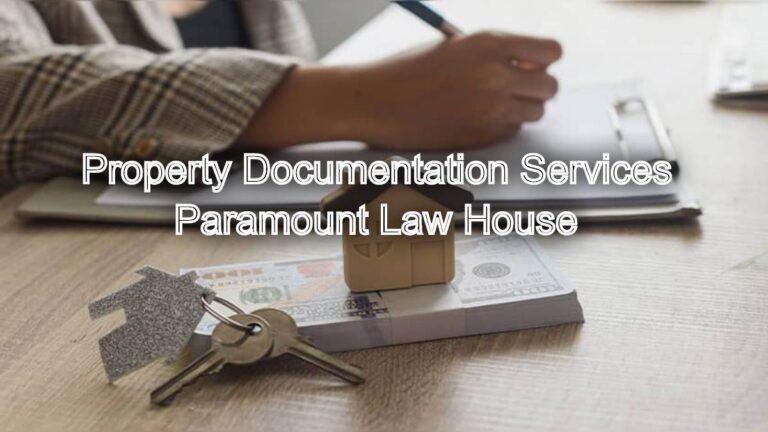Multi-storey Building Issues Resolved: Legal Solutions
Multi-storey Building Issues: Living in a multi-storey building presents unique challenges. From disputes with neighbors to concerns about building maintenance and safety,…
Multi-storey Building Issues: Living in a multi-storey building presents unique challenges. From disputes with neighbors to concerns about building maintenance and safety, residents often face complex issues that require legal expertise. This article will delve into common problems encountered in multi-storey buildings and explore the legal solutions available to residents.
Multi-storey Building Issues Resolved: Legal Solutions: Paramount Law House
1. Understanding Common Issues
One of the most prevalent issues in multi-storey buildings is nuisance. This encompasses a wide range of disturbances, such as excessive noise, vibrations, and foul odors emanating from other units. For instance, loud music late at night, construction noise during prohibited hours, and pet odors seeping into neighboring apartments all constitute nuisance.
Furthermore, disputes over common areas are frequent. These areas, such as lobbies, elevators, and swimming pools, are shared by all residents.1 Consequently, disagreements can arise regarding their use, maintenance, and allocation of expenses. For example, residents may dispute the use of parking spaces, the frequency of cleaning common areas, or the contribution towards repair and maintenance costs.
Moreover, building maintenance is a critical concern. Issues such as leaky roofs, malfunctioning elevators, and inadequate fire safety measures can pose significant risks to residents. When the building owner or managing committee fails to address these issues promptly, residents may have legal recourse.
2. Legal Recourse for Residents
When faced with these challenges, residents can explore various legal avenues to protect their rights and interests.
Firstly, nuisance can be addressed through legal action. Residents can file a civil suit against the offending party, seeking an injunction to stop the disruptive behavior. Alternatively, they can pursue damages to compensate for the inconvenience and distress caused by the nuisance.
Secondly, disputes over common areas can be resolved through conciliation or arbitration as outlined in the building bylaws or apartment owners’ association (AOA) rules. These methods provide a platform for amicable resolution and avoid the complexities of litigation. However, if an amicable resolution cannot be reached, residents may resort to legal proceedings to enforce their rights.
Thirdly, regarding building maintenance, residents can take legal action against the building owner or managing committee for negligence or breach of contract.2 If the building fails to comply with safety regulations, residents can file a complaint with the relevant authorities, such as the local municipal corporation.
3. The Role of Legal Professionals
Navigating the legal complexities of multi-storey building issues can be daunting for residents. Engaging the services of qualified legal professionals is crucial to ensure that their rights are protected and their interests are effectively represented.
Property lawyers specializing in real estate law possess the expertise to understand the intricacies of building bylaws, apartment owners’ association rules, and relevant legislation.3 They can advise residents on the best course of action, draft legal documents, represent them in negotiations and legal proceedings, and ensure that their rights are upheld.
4. Paramount Law House: Your Trusted Legal Partner
Paramount Law House is a leading law firm specializing in property law and real estate litigation. With a team of highly experienced and skilled lawyers, we provide comprehensive legal services to residents of multi-storey buildings.
We understand the unique challenges faced by residents and offer personalized solutions tailored to their specific needs. Our services include:
- Legal advice and consultation: We provide expert guidance on all aspects of multi-storey building issues, including nuisance, common area disputes, and building maintenance concerns.
- Drafting and reviewing legal documents: We draft and review legal documents such as injunctions, demand notices, and legal agreements related to building matters.
- Negotiation and dispute resolution: We represent clients in negotiations with neighbors, building owners, and managing committees to achieve amicable resolutions.
- Litigation and court representation: We represent clients in legal proceedings, including civil suits, arbitration proceedings, and appeals before courts of competent jurisdiction.
5. Choosing the Right Legal Representation
When selecting a law firm, it is crucial to consider factors such as experience, expertise, and reputation.
Firstly, choose a law firm with a proven track record in handling property law matters, particularly those related to multi-storey buildings.
Secondly, ensure that the law firm has a team of experienced and qualified lawyers specializing in real estate law and litigation.
Thirdly, inquire about the law firm’s approach to client service, communication, and fee structure.
Finally, seek recommendations from trusted sources, such as friends, family, or other residents of multi-storey buildings.
6. Conclusion
Living in a multi-storey building can present various challenges, but residents need not face them alone. By understanding their legal rights and seeking the assistance of qualified legal professionals, residents can effectively address these issues and ensure a harmonious and peaceful living environment.Paramount Law House is committed to providing exceptional legal services to residents of multi-storey buildings. We are your trusted legal partners, dedicated to protecting your rights and ensuring that your voice is heard. Contact us today for a consultation and let us help you navigate the complexities of multi-storey building issues with confidence.
7. Frequently Asked Questions
Common legal issues include nuisance caused by neighbors (e.g., excessive noise, vibrations, odors), disputes over common areas (e.g., parking, maintenance, use of amenities), and concerns regarding building maintenance and safety (e.g., leaky roofs, malfunctioning elevators, fire safety hazards).
Residents can pursue various legal avenues, such as filing civil suits for nuisance, seeking injunctions to stop disruptive behavior, pursuing damages for inconvenience, utilizing conciliation or arbitration for common area disputes, and taking legal action against the building owner or managing committee for negligence or breach of contract.
Property lawyers possess the expertise to understand complex legal frameworks, navigate building bylaws and AOA rules, advise on the best course of action, draft legal documents, represent clients in negotiations and litigation, and ensure their rights are protected effectively.
Key factors include the law firm’s experience in handling property law matters, particularly those related to multi-storey buildings, the expertise and qualifications of their legal team, their approach to client service and communication, and their fee structure. Seeking recommendations from trusted sources can also be helpful.
In many cases, amicable resolutions can be achieved through communication, negotiation, and mediation. However, if these efforts fail, legal action may become necessary to protect your rights and interests.
Read More
- Partition Deed Drafting: Ensure Fair Distribution
- NRI Property Legal Services: Expert Assistance Available
- Partition Suit Representation: Experienced Legal Counsel
- Probates Petition Assistance: Navigate Legal Procedures
- Real Estate Broker Agreement Review: Protect Your Interests
- Ministry of Housing and Urban Affairs (MoHUA):






